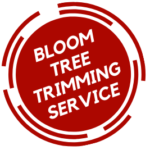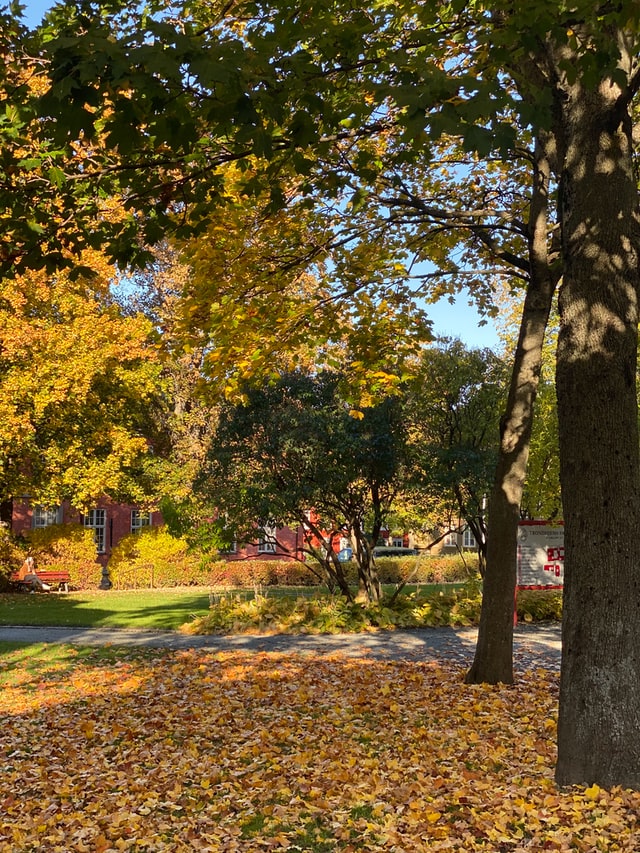How to Tell That a Tree is Dying
Dying trees are the most disappointing tree problem for any homeowner who values the benefits of having trees in their yard. There is more about trees than just adding aesthetics to the home. Trees such as pines can be used for their shades, while other species with dense leaves and branches are planted for home privacy.
To prevent trees from dying, you will need to realize earlier and o the necessary preventive measures. However, identifying such problems is somewhat difficult for an ordinary homeowner. That’s the reason why we have compiled a list of signs you should look out for to tell whether our tree is dying. If you notice any of these, call your local arborist.
Leaves
Deciduous trees lose leave during the winter season when it enters the dormant phase, unlike the evergreens, which do not shed their leaves regardless of the season. You can identify early signs of a dying tree through leaves loss during the growing season. Additionally, yellow or brown leaves could be a sign that our tree is dying.
Bark
A close look at the bark will also help in identifying common tee problems in advance. A loosely hanging bark, loss of original color or texture, or already falling, indicates a bad sign.
Tree Trunk
Usually, trunks have cracks that last for years. But if you notice any deep cracks, this could signify that the tree is dying. A spongy trunk indicates that the tree is decaying slowly and fungal decomposition also begins to occur.
Branches
Another sign that is easy to identify is an increase in the number of dead branches. Sometimes you will notice that they begin falling off more rapidly than usual. Deadwood may not always indicate a dead tree; however, if the branches do not have barks, you should consider calling an arborist.
Roots
Mushrooms growing at the tree base signify that the roots might be rotting. Also, Roots that are lifting and separating from the ground are not a good indication. Another thing you ought to look out for is the soil around the tree cracking. It is an indication that the tree might not thrive.
Identifying all these signs turns out challenging for anyone else. Some trees could look normal, yet one particular dying symptom is present but not identifiable to an ordinary homeowner. That’s why you need professional arborists to help inspect any issue that could cause harm the trees. And Bloom Tree Trimming Service has the best arborists in Stockton, CA. Call (209) 285-2326 to get help.

